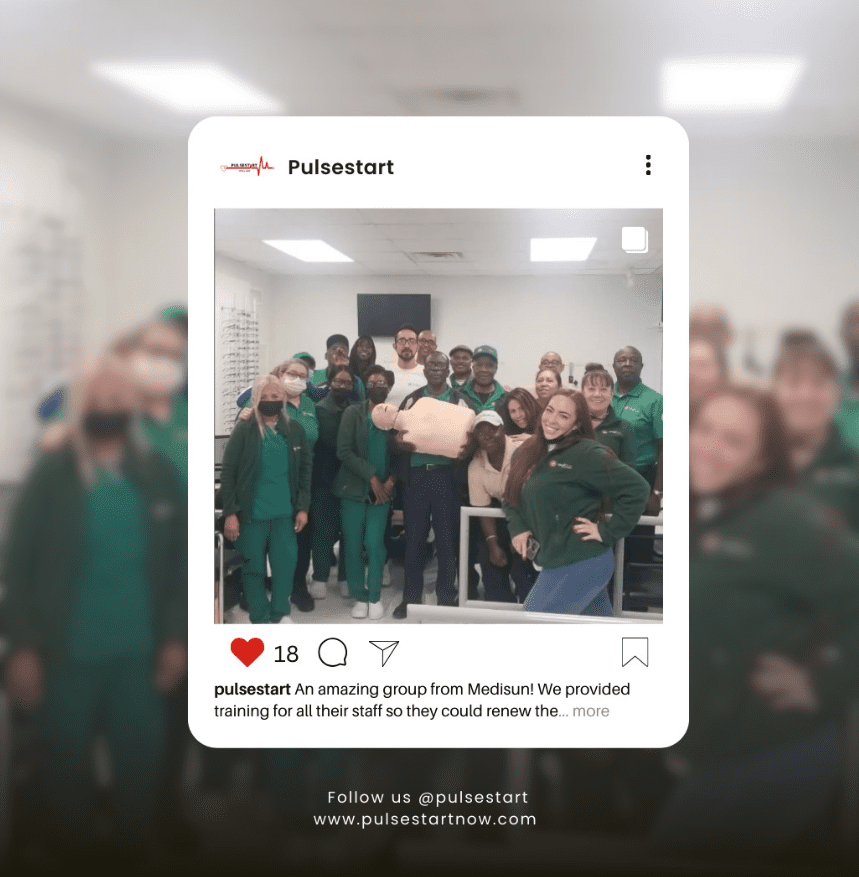Understanding the Importance of CPR and First Aid Training: Why Everyone Should Learn
Understanding the Importance of CPR and First Aid Training: Why Everyone Should Learn

Every year, millions of emergencies happen, ranging from accidents to sudden illnesses that can leave individuals vulnerable. In these moments, knowledge of CPR and first aid can be the difference between life and death. But, how much do we understand the importance of these skills? The necessity of CPR and first aid training extends beyond the professional responsibilities of healthcare providers and rescue workers – a social responsibility that all of us should take on.
A Matter of Life and Death
Cardiopulmonary Resuscitation (CPR), for instance, is an emergency procedure performed when someone’s heartbeat or breathing has stopped. The American Heart Association states that the survival rates of cardiac arrest victims can double or even triple if CPR is administered immediately. The grim reality, however, is that less than 46% of people who experience an out-of-hospital cardiac arrest receive the immediate help they need before professional service arrives.
First aid, on the other hand, covers a broad range of emergencies, from minor injuries to severe conditions such as choking, poisoning, or severe allergic reactions. Swift administration of first aid can help reduce a person’s recovery time, prevent a condition from worsening, and, in severe cases, can save a life.
Empowerment and Confidence
In addition to its life-saving potential, knowing CPR and first aid gives us a sense of confidence and empowerment. It equips us with the knowledge and the capability to assist in emergencies, rather than feeling helpless or relying entirely on professional medical help that might arrive too late. CPR and first aid training enable you to take immediate action and contribute to a person’s chance of survival and recovery.
Promoting a Safer Community
From schools and offices to homes and community centers, emergencies can occur anywhere. If more individuals in a community are equipped with CPR and first aid skills, the community becomes safer as a whole. Moreover, if you’re a parent, teacher, or in any position where you are responsible for others’ safety, having these skills is even more critical.
Real-life Scenarios
Consider the following real-life situations:
- Sarah, a mother of two, was able to save her 1-year-old from choking on a small toy because she had learned infant choking first aid at a community class.
- A bystander at a restaurant was able to perform the Heimlich maneuver on a man who was choking, preventing a potential fatality.
- A gym trainer used an Automated External Defibrillator (AED) and performed CPR on a gym member who had a sudden cardiac arrest, thus saving his life before the paramedics arrived.
Each of these scenarios underscores the critical role that CPR and first aid training can play in our daily lives. The people who saved lives in these situations were not healthcare professionals, yet their prompt actions made all the difference.
In Conclusion
The importance of CPR and first aid training can’t be overstated. These life-saving skills empower individuals, foster safer communities, and most importantly, save lives. At Pulsestart CPR, we offer comprehensive CPR and first aid training courses that will equip you with the knowledge and skills you need to handle emergencies confidently and effectively. Remember, in a crisis, the most dangerous thing to do is nothing. Equip yourself with the power to save a life – you never know when you might need it.


















